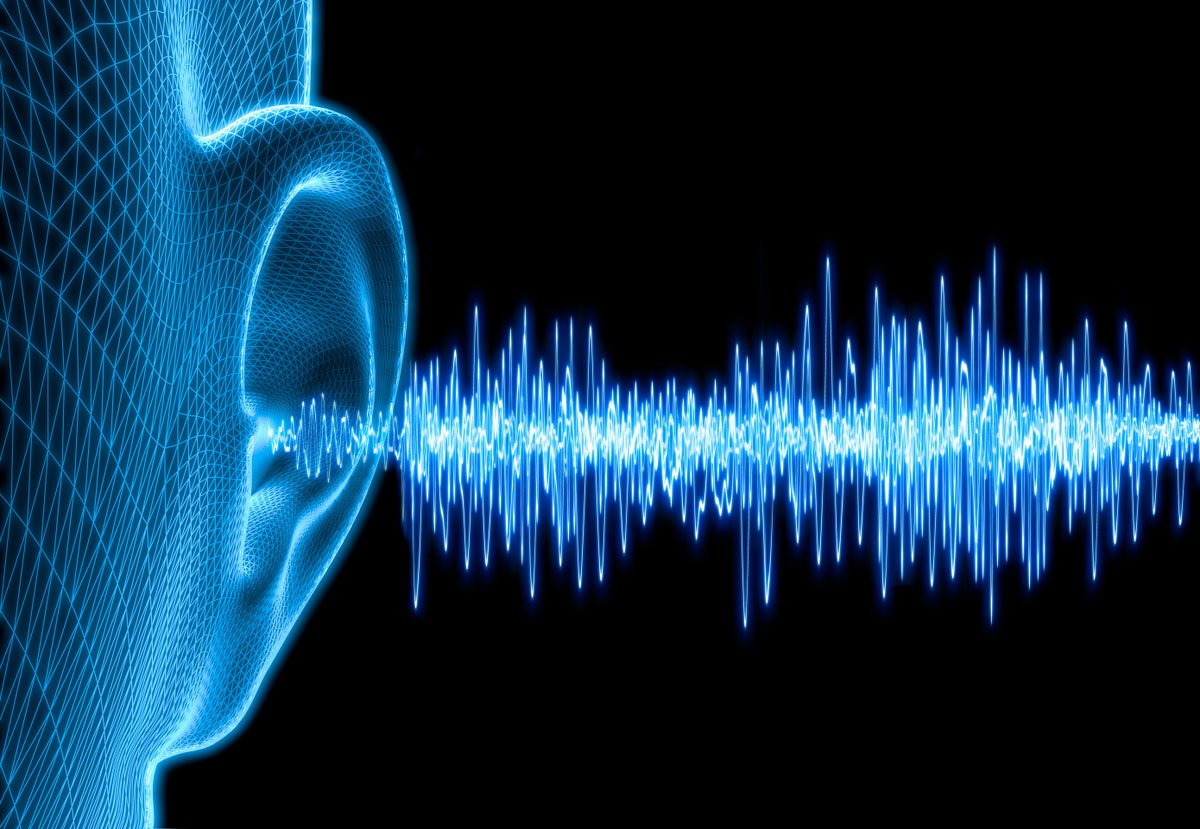Bending Ultrasonic Beams Creates ‘Audible Enclaves’ Where They Cross
Inaudible ultrasonic beams steered around obstacles can create pockets of sound in an otherwise quiet room, acoustics experts report
Join Our Community of Science Lovers!
Are you tired of earbuds? Are headphones too heavy? “Pockets” of audible noise in otherwise quiet spots may be on their way to help.
The acoustic advance, reported on March 17 in the Proceedings of the National Academy of Sciences USA, relies on crossing normally inaudible ultrasonic beams to create the sound pockets, or “audible enclaves.” Ultrasound travels with frequencies at and above the highest edge of human hearing, about 20 kilohertz, and is often used in medicine. The study’s ultrasonic beams were pitched high enough to be inaudible and can be made to bend, so they can travel around obstacles to create pockets of sound.
If you’re enjoying this article, consider supporting our award-winning journalism by subscribing. By purchasing a subscription you are helping to ensure the future of impactful stories about the discoveries and ideas shaping our world today.
To produce the audio enclaves, Jing’s team relied on two separate ultrasound emitters just over six inches wide. Each was covered with 3D-printed metamaterials, whose tiny grooves shaped the emitters’ beams to interfere with each other just so when they crossed. Then the researchers parked a dummy human head right in front of these soundless speakers.
Essentially, audio enclaves are a feat of acoustic subtraction. When one ultrasonic beam that bent to the right and another that bent to the left crossed on the far side of the dummy head, their inaudible sound waves interfered, producing a residual sound at a frequency that humans could hear at the fixed point in space (mathematically, a 39.5 kilohertz beam subtracted from a 40 kilohertz one, leaving behind an audible 500 hertz sound wave). In the demonstration, the researchers played the “Hallelujah Chorus” from George Frideric Handel’s Messiah—with the dummy head none the wiser.
The beams operated with an airborne pressure that was 1⁄5,200 of the Food and Drug Administration’s safety limit for human exposure to ultrasound, the paper noted. But Mark Hinders, a professor of applied science at William & Mary, who was not part of the study, cautions that because ultrasound can damage hearing, the technique would require careful safety testing.
For now, the prototype’s sound quality isn’t perfect. Jing says his team plans to use machine-learning algorithms to analyze the sounds produced by the device and improve its performance. Given the small size of the emitters, he suggests, audio enclaves in cars might be an eventual first application.
Dan Vergano is senior opinion editor at Scientific American, where he writes the weekly column Argonaut. He has previously written for Grid News, BuzzFeed News, National Geographic and USA Today. He is chair of the New Horizons committee for the Council for the Advancement of Science Writing and a journalism award judge for both the American Association for the Advancement of Science and the U.S. National Academies of Sciences, Engineering, and Medicine.
Source: www.scientificamerican.com
